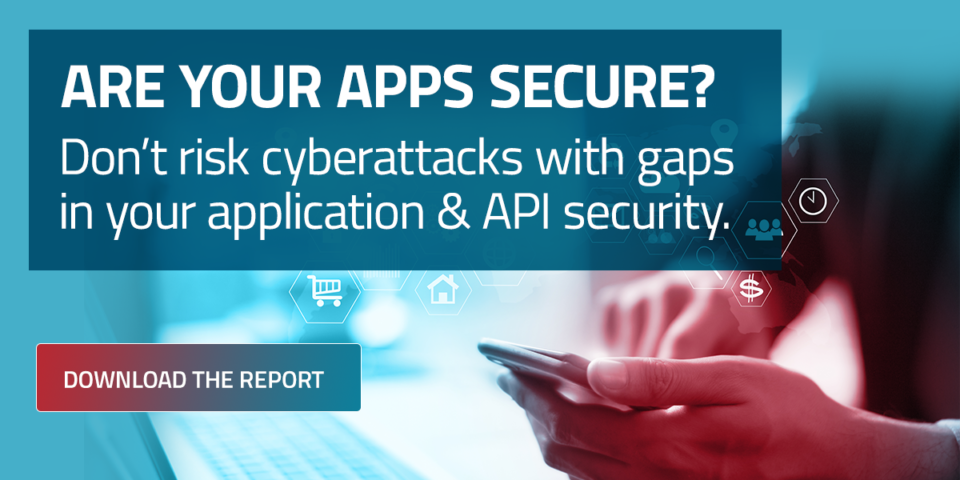As organizações estão mudando os ambientes das aplicações, migrando cargas de trabalho entre nuvens locais, privadas e públicas e operando um ecossistema de aplicação híbrido espalhado por vários ambientes.
De acordo com o Relatório sobre o estado da proteção de aplicações da Web e APIs da Radware em 2021, 47% das organizações que operam na nuvem pública implementam aplicações em mais do que um único ambiente de nuvem. Além disso, muitas organizações continuam implementando aplicações no local ou em nuvens privadas. De acordo com o mesmo relatório, 51% das aplicações de produção são hospedadas no local ou em nuvens privadas.
Há muitas razões pelas quais as organizações utilizam várias plataformas, mas todas elas enfrentam um problema comum: como proteger um ambiente de aplicações em rápida mudança em várias plataformas?

Proteger ativos distribuídos é um desafio
O desafio de proteger um ambiente de nuvem distribuído é que muitas dessas plataformas muitas vezes vêm com suas próprias ferramentas de segurança integradas. O uso dessas ferramentas nativas pode levar a silos de segurança distintos com políticas de segurança inconsistentes, níveis variados de proteção e registros e relatórios fragmentados.
Existem, especificamente, três desafios principais quando se trata de proteger ativos entre nuvens:
Desafio 1: criar um perímetro de segurança entre plataformas
O primeiro desafio é proteger aplicações e recursos de rede contra tráfego malicioso externo.
O mundo preexistente dos data centers físicos era simples: os recursos e administradores de rede ficavam localizados na mesma rede e, frequentemente, no mesmo local físico. Os administradores tinham controle sobre os recursos de computação e as defesas estavam preocupadas principalmente em manter o tráfego malicioso fora da rede da organização.
[Você também pode se interessar por: Enfrentando os desafios do acesso de menor privilégio]
As nuvens públicas são diferentes: a infraestrutura de computação não é mais hospedada em data centers físicos sob o controle da organização, mas é executada em recursos compartilhados em data centers remotos gerenciados por terceiros.
O tráfego malicioso pode vir de vários vetores e as defesas devem mitigar todos eles. Os gerentes de segurança devem criar um perímetro de segurança que mantenha qualquer tipo de tráfego malicioso fora de suas aplicações, independentemente de onde ele seja implementado.
Desafio 2: proteger a infraestrutura em nuvem remota
O segundo desafio trata de proteger a infraestrutura hospedada em ambientes de nuvem, uma vez que o perímetro externo foi violado.
Mudar para a nuvem significa perder visibilidade e controle. Enquanto no “velho” mundo da computação local, a infraestrutura de computação estava sob o controle direto de gerentes de TI e de rede, mover cargas de trabalho para data centers remotos na nuvem fez com que as organizações perdessem o controle direto sobre seus ativos. Na verdade, o antigo invasor interno agora é um invasor externo em seus próprios ativos de computação.
[Você também pode se interessar por: Usando práticas recomendadas para proteger aplicativos em ambientes multinuvem]
O acesso às cargas de trabalho hospedadas na nuvem agora é gerenciado remotamente, usando APIs fornecidas pelos provedores de hospedagem na nuvem. Os administradores não têm mais controle direto sobre suas cargas de trabalho, proteger as cargas de trabalho na nuvem pública agora é uma responsabilidade compartilhada entre o cliente e o provedor de nuvem pública.
Isso significa que a infraestrutura da nuvem pública – o back-end que executa as aplicações – agora é um alvo potencial para agentes maliciosos e as organizações devem proteger essas plataformas contra invasão e abuso.
Desafio 3: a capacidade de mudar
O terceiro desafio é o próprio processo de mudança, que é uma parte inevitável da migração para a nuvem.
Migrar para a nuvem não é um processo único, imediato e estático. Na verdade, é um processo contínuo e dinâmico, com vários inícios, marcos e mudanças. Não é raro que os ambientes de destino mudem, que aplicações sejam adicionadas ou removidas e que novos ambientes de nuvem sejam adicionados, além de implementações existentes e em andamento.
A combinação de superfícies de ataque maiores, menor visibilidade, maior vulnerabilidade de aplicações e ambientes de nuvem em rápida mudança significa que as organizações devem ser capazes de implementar políticas de segurança que possam proteger vários ambientes de nuvem – e que mudam frequentemente – em conjunto.
[Você também pode se interessar por: A Radware ativa novo serviço de mitigação de ataques baseado em nuvem lançado pela Tech Mahindra]
Criando uma arquitetura de segurança entre plataformas
Para que as organizações protejam seu ambiente de aplicações na nuvem, elas devem criar uma arquitetura de segurança entre plataformas que seja:
- Abrangente – protege as aplicações e a infraestrutura em nuvem contra qualquer tipo de ameaça, seja ela direcionada à superfície ou à infraestrutura da aplicação
- Consistente – protege as aplicações no mesmo nível, em vários ambientes, sejam eles locais, em uma nuvem privada ou pública
- Adaptável – capaz de se adaptar às mudanças no ambiente da aplicação e na arquitetura de implementação
- Agnóstica – protege o ambiente da aplicação, independentemente de onde ela está sendo executada